Real-Time Pest Analytics for Seasonal Yields
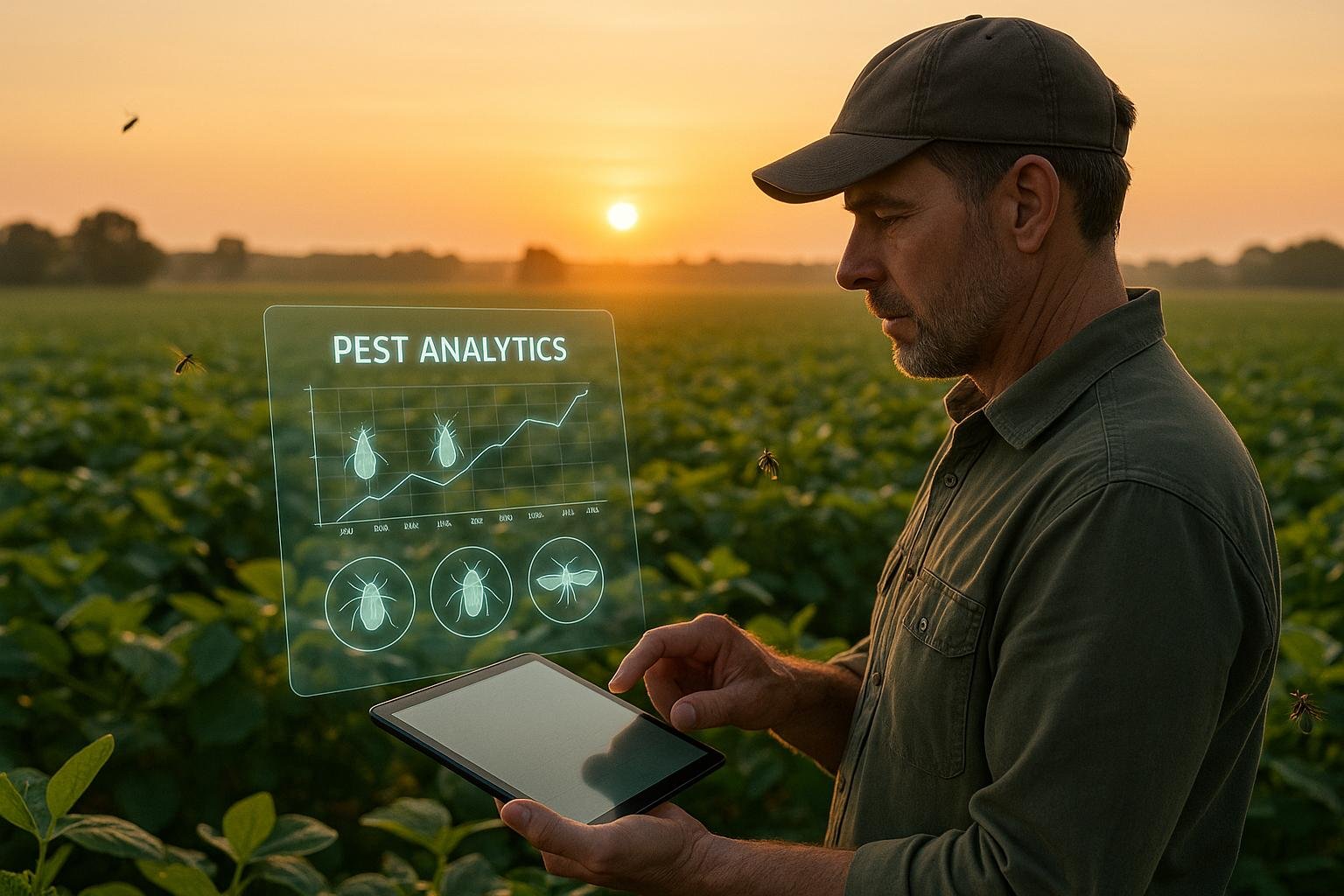
Real-time pest analytics is transforming farming by using AI, IoT, drones, and advanced data tools to monitor and manage pests effectively. Here's what you need to know:
- Crop Loss Impact: Pests destroy 20-40% of crops yearly, costing over $220 billion globally.
- Technology Benefits: AI systems detect pests early, reducing infestations by 30% and increasing yields by up to 20%.
- Key Tools: Smart traps, drones, and satellite monitoring provide real-time data, helping farmers act faster and use fewer pesticides.
- Cost Savings: Farms save $70–$145 per acre by optimizing resources and cutting pesticide use by up to 30%.
- Environmental Gains: Reduced pesticide use protects water, supports pollinators, and promotes healthier ecosystems.
These tools are not only for large-scale farms. Home gardeners can also use platforms like AIGardenPlanner to design pest-resistant gardens and improve yields by tracking local pest trends.
Real-time pest analytics offers a smarter way to protect crops, save money, and grow more food while minimizing harm to the environment.
Tithonus: Real-Time Smart Pest Monitoring Detection System for Urban Farming with Farmbot & YOLOv5

How Real-Time Pest Analytics Helps
Real-time pest analytics blends new tech to set up a system to keep an eye on pests nonstop. By picking up info from many places, sorting it with smart tools, and showing clear steps through easy-to-use platforms, these setups aid farmers in making better choices. Let's look at the tech that makes this happen.
Tech Setting Up Real-Time Analytics
Top tech pieces build up real-time pest analytics:
- AI-driven pest spotting: Smart systems look at photos to spot and name pests on their own. Many new farms use these from 60% to 75% of the time. Firms like PrecisionHawk and Taranis have crafted systems that can bump up yields by up to 15%.
- IoT-enabled smart traps: These traps send fresh data to cloud setups fast, letting you act quick. Tools from names like TrapView and Semios keep watch all the time without you checking and have pushed up yields by 7%–12%, with usage rates from 50% to 65%.
- Drone flying over fields: Drones fly over big fields fast to spot key pest hotspots that might get missed on foot. Names like DJI Agriculture and XAG have drone setups that can lift yields by 10%–18%.
- Guessing pest outbreaks ahead: By mixing old and fresh data, these tools can guess possible outbreaks before they strike. Used by 35%–50% of farmers, these setups can raise yields by 10%–15% and spot risks with over 70% right guesses.
- Satellite watching: Satellites capture clear data over wide areas, filling gaps left by ground setups. Farmonaut is a leader here, with use rates of 30%–40%.
Types of Data Collected
Real-time pest analytics picks up lots of data for a full look at pest activity and surrounding parts:
- Surrounding details: Data on warmth, wet air, soil wetness, and weather ways is picked up to get why pests act and grow as they do.
- Pest spotting and counting: Sharp images from smart traps, cams, and drones help name and track pests well, with photo spotting tools working right over 90% of the time.
- Plant health signs: Data on plant stress, growth ways, and early pest hurt comes through satellite photos and tools, helping farmers see how pests hit yields.
- How pests act: Smart traps with tools watch how pests move, eat, and grow, giving late but key moves to take.
Studies show mixing these techs can better spot rates by 40% and cut how bad infestations are by nearly 30%. In California, smart learning tools have made yield guesses better by 30% when local plant cycles are thought of.
Data Study and Show Tools
Once gathered, data is sorted through top tools to give clear steps:
- Cloud-based studies: These platforms bring data from many parts and use AI to find ways and guess outbreaks.
- GIS with GPS built in: Geographic Info Systems map where pests are and show trap spots, helping aim actions right.
- AI in Pest Control: By looking at past data, weather patterns, and what's happening now, these smart systems can guess when pests will show up with great skill. In Europe, AI has called out pest attacks with 85% right guesses and has gotten better at knowing when big groups of pests will come by over 30%.
- Help Tools: Apps on phones and quick report tools give live news, tips on how to manage pests, and updates on pest moves, how well treatments work, and what crop amounts look like.
Today, more than 80% of new tools for watching pests use AI to spot them better and make smarter choices. By 2027, tools that work on their own are set to make manual checks take 60% less time and cut down on bug spray use by 30%, all while keeping crop quality high.
For those who garden, tools like AIGardenPlanner add to these methods by setting up where and when plants go in the ground based on pest info. This way of doing things makes gardens tougher by lining up with local pest risks and weather.
How Real-Time Pest Tech Helps Grow More Food Each Season
Real-time pest tech is changing how farmers deal with bugs. They are moving from waiting to see the damage to acting early. This move not only catches problems soon but also means more crops, less money spent, and helps the earth. Let’s look at these gains, starting with catching pests early.
Catching Pests Early
AI tools are changing bug control by seeing risks before they hurt crops, which might cut crop loss by 20–40%. For example, cotton growers use AI with pheromone traps to keep bollworms under control well. This way, they do not spray too much and still keep crops healthy. Real-time systems also keep an eye on weather that makes bugs active, telling farmers to check spots that might be at risk. Moreover, prediction models can guess when bugs might come, letting farmers act before it’s too late.
More Crops and Less Spending
The facts are clear: analytics can boost crop amounts by up to 20% while cutting down on how much nitrogen and bug spray is used by 5–25%. For big crops, this means saving about $70–$145 per acre. In one story, a project in the Baltics showed major crop gains - potatoes went up by 52.5% to 62.6% and wheat by 7.5% to 8.6%. Farmers using these tools see crop boosts of 7–12% and spend 8–15% less due to better use of resources and acting at the right time. Also, AI-aided farming tools help save 30–50% on water and cut fertilizer use by up to 40%, keeping or even boosting crop amounts.
Good for Nature and Money
Real-time analytics does more than make farms more money - it also keeps our planet healthy. By using stuff just as needed, farmers can use up to 80% less pesticide and make up to 25% more money. For instance, tech that adjusts rates can fight bugs without hurting nature, leading to cleaner places to live. Over 70% of farms using data ways report using resources better and having less environmental impact.
These gains reach past farms, too. Garden creators and yard makers, for example, can mix pest data with tools like AIGardenPlanner to design areas that consider local bug trends and weather risks. This plan leads to stronger and more fruitful gardens.
On a larger scale, using less pesticide helps water stay clean, aids bees, and backs food ways that last. These planet-friendly steps, in turn, make farms more money, showing that what’s good for earth is also good for business.
sbb-itb-4d6a8dd
🚀 Ready to Reinvent Your Garden?
Join thousands of homeowners who have transformed their gardens using our AI design tool. Upload one photo to explore endless possibilities.
Get your AI garden designs →Using Real-Time Pest Analytics with Garden Design Tools
Modern garden design tools are taking a leap forward by integrating real-time pest data into their systems. This combination of smart technology and thoughtful planning allows gardeners to create landscapes that naturally reduce pest problems while boosting seasonal productivity. By blending advanced pest insights with user-friendly design tools, these systems help optimize garden yields throughout the year.
Improving Garden Design with Pest Data
With real-time pest analytics, platforms like AIGardenPlanner can use location-specific pest trends to provide tailored plant recommendations. For example, you can upload a photo of your garden, and the AI will analyze factors like local climate, soil conditions, and pest activity to suggest the best planting strategies.
This technology offers practical benefits. It might recommend disease-resistant plants suited to your area or companion plants to deter pests. For instance, if aphids are a common issue in your region during spring, the system could suggest planting marigolds or nasturtiums nearby to naturally repel them. It also helps with plant placement by identifying spots where species that attract beneficial insects, such as ladybugs or lacewings, can thrive. These helpful insects act as natural pest controllers, creating a balanced ecosystem in your garden.
The AI Plant Advisor from AIGardenPlanner takes this a step further by generating personalized growing guides. These guides incorporate pest management strategies tailored to your specific location and chosen plants, offering advice on monitoring and prevention to keep your garden healthy.
Supporting Seasonal Yield Optimization
Real-time pest data doesn’t just help with planting - it also reshapes growing schedules. By tracking pest life cycles and predicting outbreaks, these tools allow gardeners to adjust their planting plans for better results.
Take, for example, "Project Tithonus", a pest monitoring system developed in 2023 by Ang Mo Kio Primary School in Singapore. Using YOLO-based technology, it provides instant alerts about pest activity [1]. While initially designed for larger-scale use, similar approaches are now being applied to home gardening.
This kind of data also helps optimize resources throughout the growing season. If analytics reveal that certain pests become active under specific weather conditions, your garden plan can include backup crops or alternative planting times to safeguard against losses.
Integrated Pest Management (IPM) principles align naturally with these AI-driven tools. They might suggest practices like crop rotation, proper spacing between plants, or companion planting to reduce pest problems without relying on chemicals [2]. These strategies make gardens more resilient and environmentally friendly from the start.
Additionally, combining real-time weather and pest data can guide critical decisions. Alerts for planting, early harvesting, or organic treatments help maximize yields, while adaptive maintenance schedules minimize chemical use and promote overall garden health. By staying ahead of potential issues, you can ensure a thriving and sustainable garden.
Best Practices for Using Real-Time Pest Analytics
To get the most out of real-time pest analytics, careful planning and setup are key. Success hinges on selecting the right tools, setting up systems correctly, and understanding local requirements. Here's how to effectively implement these systems to boost your seasonal yields.
Selecting the Right Tools and Technologies
The backbone of effective pest analytics lies in choosing tools that align with your specific needs and budget. Start by identifying the type of data you need - whether it's temperature, humidity, pest images, or crop health metrics. Different technologies are tailored to excel in specific areas.
IoT sensors are typically at the core of these systems, continuously gathering environmental data like temperature and humidity, which are critical in understanding pest behavior. AI-powered analytics platforms process this data to detect patterns and predict pest outbreaks, while drones provide rapid, large-scale field scans. For example, modern drones can cover up to 100 acres in an hour and detect temperature differences as small as 0.2°F [3].
Accuracy should be a top consideration when evaluating these technologies. AI-powered traps, for instance, can achieve over 95% accuracy in identifying pests, while pheromone-based systems boast 98% accuracy in detecting specific species [3]. For even greater precision, portable PCR devices can identify pest DNA with 99.7% accuracy in under an hour [3].
Another key factor is integration. Your chosen system should easily connect with existing farm management platforms via APIs or standardized data protocols. This seamless integration can reduce scouting time by up to 40%, as pest data automatically updates management dashboards [3].
| Technology Type | Accuracy Rate | Field Coverage | Best Use Case |
|---|---|---|---|
| AI-Powered Traps | 95%+ | Localized monitoring | Specific pest identification |
| Pheromone Systems | 98% | Species-specific | Targeted pest tracking |
| Drone Surveillance | N/A | 100 acres per hour | Large-scale field scanning |
| Portable PCR Devices | 99.7% | Individual sample testing | Precise pest DNA identification |
When assessing costs, take into account the total cost of ownership. This includes subscription fees, maintenance, and training expenses. Many systems offer tiered pricing based on farm size or data volume, so it's worth calculating costs over several growing seasons.
Setting Up Data Collection and Analysis Systems
To make the most of your pest analytics system, start by assessing your farm's specific needs. This will guide decisions like sensor placement and monitoring frequency.
Strategic sensor placement is vital for collecting high-quality data. Temperature and humidity sensors should be distributed across critical growing areas, while pest traps should target known hotspots and entry points.
Synchronization across devices is essential. Systems should automatically sync data via APIs or allow for manual inputs, providing a complete picture of field conditions. For example, weather-based pest models can predict pest development stages with 85% accuracy when configured correctly, and multi-spectral analysis can distinguish between drought stress and pest damage with 87% accuracy [3].
Training your team is also crucial. They need to understand how to interpret alerts, respond to notifications, and maintain equipment. Regularly monitoring your system's performance will help identify areas for improvement.
Quality control is another important step. Regular sensor calibration and maintenance ensure consistent monitoring and prevent gaps that could miss critical pest activity.
Finally, align your system with local standards to ensure compliance with regulations and smooth integration into your operations.
Local Factors and Regulations to Consider
Once your system is up and running, it's important to ensure it complies with U.S. regulations and standards. Pest management in the U.S. must adhere to EPA and local guidelines under the Federal Insecticide, Fungicide, and Rodenticide Act (FIFRA) [5].
Keep in mind that the U.S. uses imperial units, so analytics systems should display temperatures in Fahrenheit, distances in feet or miles, and areas in acres. This alignment helps avoid misunderstandings and ensures compliance with reporting requirements.
The EPA also sets maximum allowable levels for pesticide residues in food under the Federal Food, Drug, and Cosmetic Act (FFDCA) [5]. Any pest control measures must follow approved pesticide label directions, which are legally binding once registered. Worker Protection Standards (WPS) further safeguard employees from pesticide exposure in agricultural settings like farms and greenhouses [5].
Real-time analytics systems naturally align with Integrated Pest Management (IPM) principles. According to the University of California IPM program:
"an ecosystem-based strategy that focuses on long-term prevention of pests or their damage through a combination of techniques such as biological control, habitat manipulation, modification of cultural practices, and use of resistant varieties." [4]
State-specific rules can vary, so it's a good idea to consult your local Cooperative Extension Service office. They can provide valuable insights into local pest behavior, seasonal trends, and approved management techniques [6].
Economic considerations highlight the importance of effective pest management. In the U.S., pest damage costs billions annually: weed management alone accounts for roughly $99 billion, vertebrate pests cause about $46 billion in damage and control costs, and food safety incidents related to pest contamination add an estimated $7 billion [6].
Digital analytics systems simplify regulatory compliance by automatically logging pest monitoring activities, treatments, and outcomes. These records not only support compliance but also provide a valuable resource for future pest management planning. Before acting on analytics alerts, ensure your measures align with your goals while protecting human health, animal welfare, and environmental quality [6].
Conclusion: The Future of Real-Time Pest Analytics
Real-time pest analytics is reshaping how we tackle seasonal yield challenges, and its potential continues to grow. The market for AI-based yield forecasting tools is on a steep upward trajectory, projected to expand from $1.5 billion in 2025 to $5 billion by 2032, with a robust annual growth rate of 20% [8]. This rapid growth underscores the technology's ability to deliver measurable results for farms of all sizes.
By combining pest control solutions with crop data analytics, farms are achieving up to a 20% boost in yields [7]. Meanwhile, targeted pest monitoring systems are cutting pesticide usage by as much as 30% [7]. Additionally, software that consolidates data from multiple sources is helping reduce pest-related crop losses by up to 30% annually [7]. These advancements mark a major shift in agricultural productivity and sustainability.
Big players in the industry are taking notice. In 2024, IBM acquired Agrolly in January, Bayer joined forces with ClimateAI in February, and Microsoft invested in Arable Labs in May [8]. These moves highlight the growing importance of real-time pest analytics in modern farming.
The technology itself is advancing at a rapid pace. Machine learning algorithms are now predicting pest outbreaks with 30% greater accuracy compared to older methods [7]. Drones are also stepping up, improving pest detection rates by as much as 70% [7].
But it’s not just large-scale farms that benefit. These innovations are trickling down to home gardeners and small-scale growers. Tools like AIGardenPlanner are making advanced pest management accessible to everyone. By combining pest data with intelligent garden design, these platforms offer tailored advice on plant choices, placement, and care. They even factor in local pest activity, climate, and soil conditions, helping gardeners create more resilient spaces.
Looking ahead, emerging trends promise even greater precision and accessibility. Cloud-based platforms are delivering real-time crop insights, while IoT sensors provide hyper-detailed field data [8]. Hyperlocal forecasting and multilingual AI interfaces are also expanding the reach of these tools to diverse communities worldwide [8].
The economic benefits are equally compelling. Farms using data-driven pest management are cutting pest control costs by up to 15% while maintaining or even improving crop quality [7]. Predictive analytics is also helping reduce pesticide use by 30% [7], driving both cost savings and environmental benefits. These trends point to a broader shift toward smarter, more sustainable farming practices.
As technology advances, the integration of weather data with pest reports is boosting prediction accuracy by about 30% [7]. Supervised learning models like Random Forest and Gradient Boosting are achieving up to 90% accuracy in agricultural forecasting [7]. Whether you’re running a large farm or tending a backyard garden, these tools are becoming essential for optimizing yields and reducing environmental impact.
In the near future, managing pests will be as routine as checking the weather. With continuous innovation and growing accessibility, real-time pest analytics is set to revolutionize how we protect and maximize seasonal yields. By staying ahead of pest activity, these tools are becoming indispensable for securing both productivity and sustainability.
FAQs
How can real-time pest analytics help reduce pesticide use and support sustainable farming?
Real-time pest analytics allow farmers to spot pest activity early and treat only the affected areas. This precise method cuts down on excessive pesticide use, helping farmers save money and lowering the chances of harmful chemicals impacting the environment.
By reducing unneeded pesticide applications, this technology supports healthier ecosystems, safeguards biodiversity, and encourages more sustainable farming methods. It enables farmers to achieve strong crop yields while being mindful of the environment.
How do AI and IoT technologies improve pest management for farms and home gardens?
AI and IoT are transforming pest management by providing real-time monitoring of pest activity and environmental conditions. This means pests can be detected early, allowing for precise actions that cut down on unnecessary chemical use and help protect the environment.
Whether it's a sprawling farm or a small backyard garden, these technologies make targeted pest control possible. The result? Better efficiency, reduced costs, and healthier crops. With AI-driven insights, growers can make informed decisions, paving the way for smarter and more sustainable pest management practices across all types of agriculture.
How does real-time pest analytics improve crop yields by preventing pest outbreaks?
Real-time pest analytics leverage cutting-edge technologies like IoT and AI to keep a constant eye on pest activity and crop health. By delivering early warnings and practical insights, these tools help farmers tackle problems before they spiral out of control. This means pests can be managed more precisely, reducing damage to crops.
This forward-thinking method not only curbs major pest outbreaks but also boosts crop yields by promoting healthier plants and smarter use of resources. The outcome? A more productive and efficient growing season, customized to meet the specific demands of each environment.
🎨 Visualize Your Dream Garden Today!
Transform any outdoor space into a professional landscape design in minutes. Just upload a photo, choose your style, and let our AI do the rest.
Start your garden transformation now →Related posts
Related Articles
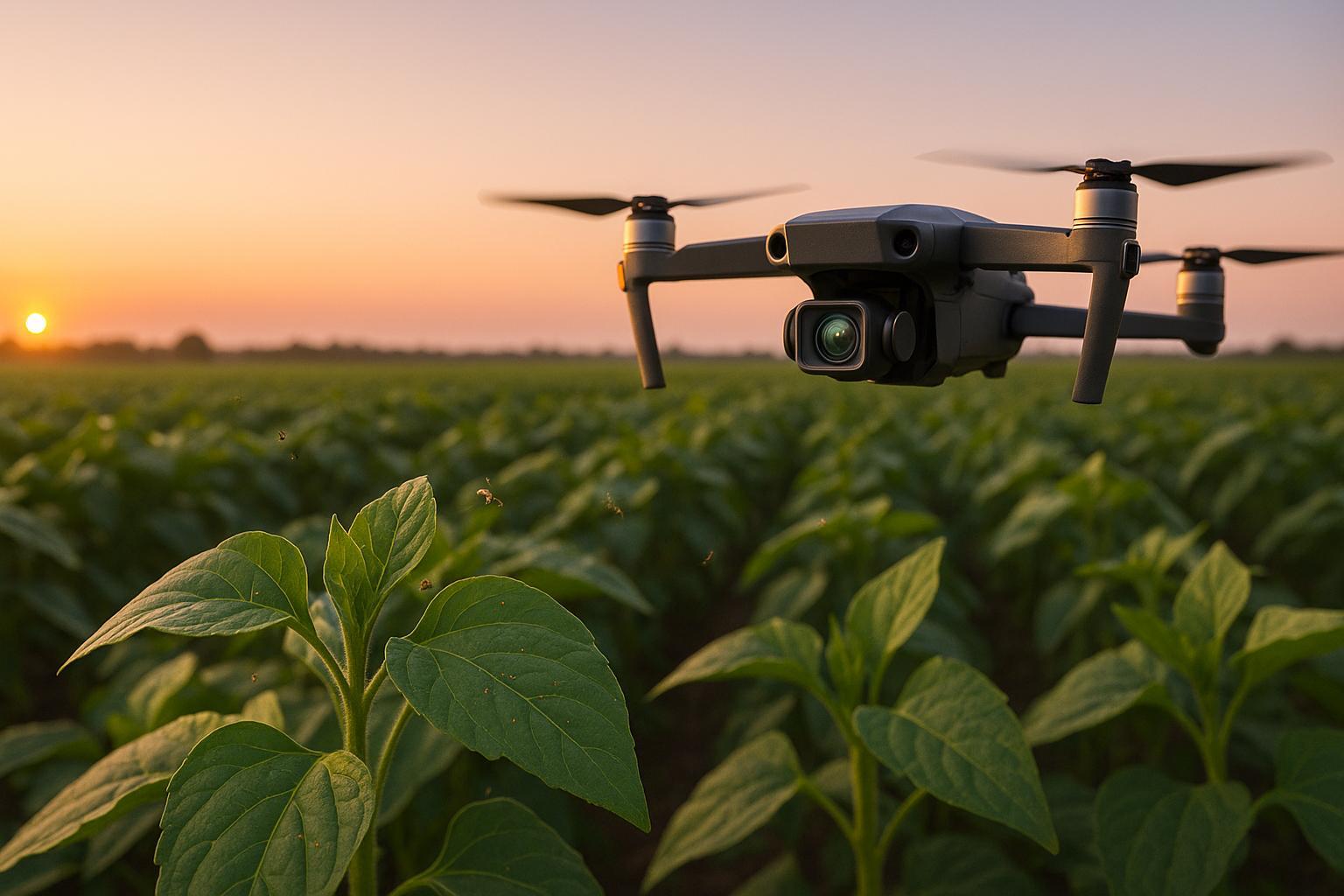
AI Pest Detection in Video Feeds
Learn how AI pest detection systems enhance crop management through real-time monitoring, reduced pesticide use, and actionable insights for farmers.
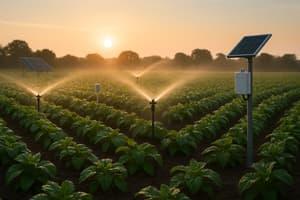
AI vs. IoT in Irrigation Systems
Explore how AI and IoT transform irrigation systems, optimizing water use and enhancing plant health through smart technology integration.
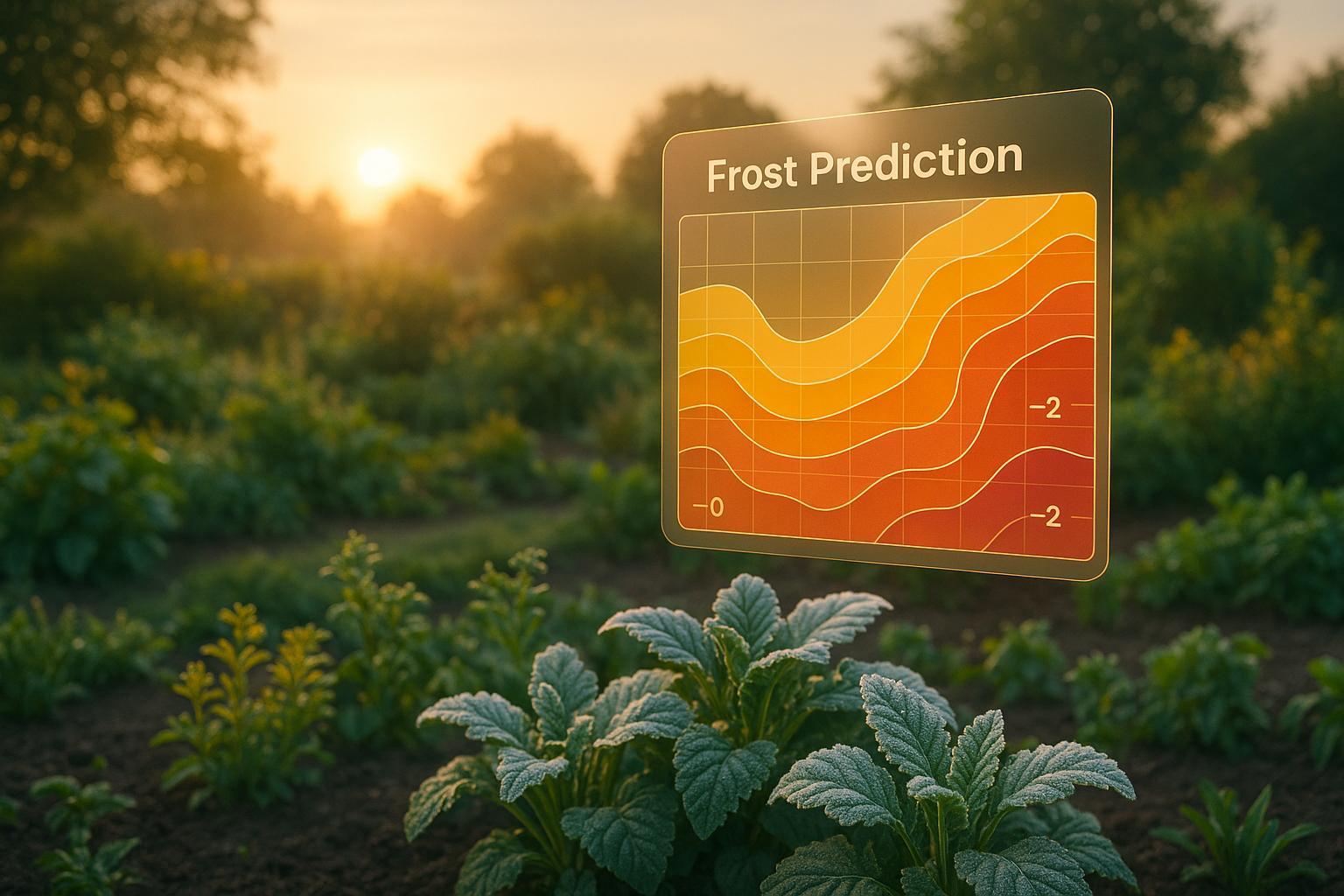
AI Frost Maps vs. Traditional Methods
AI frost maps offer precise, real-time frost predictions that surpass traditional methods, helping gardeners safeguard their plants effectively.
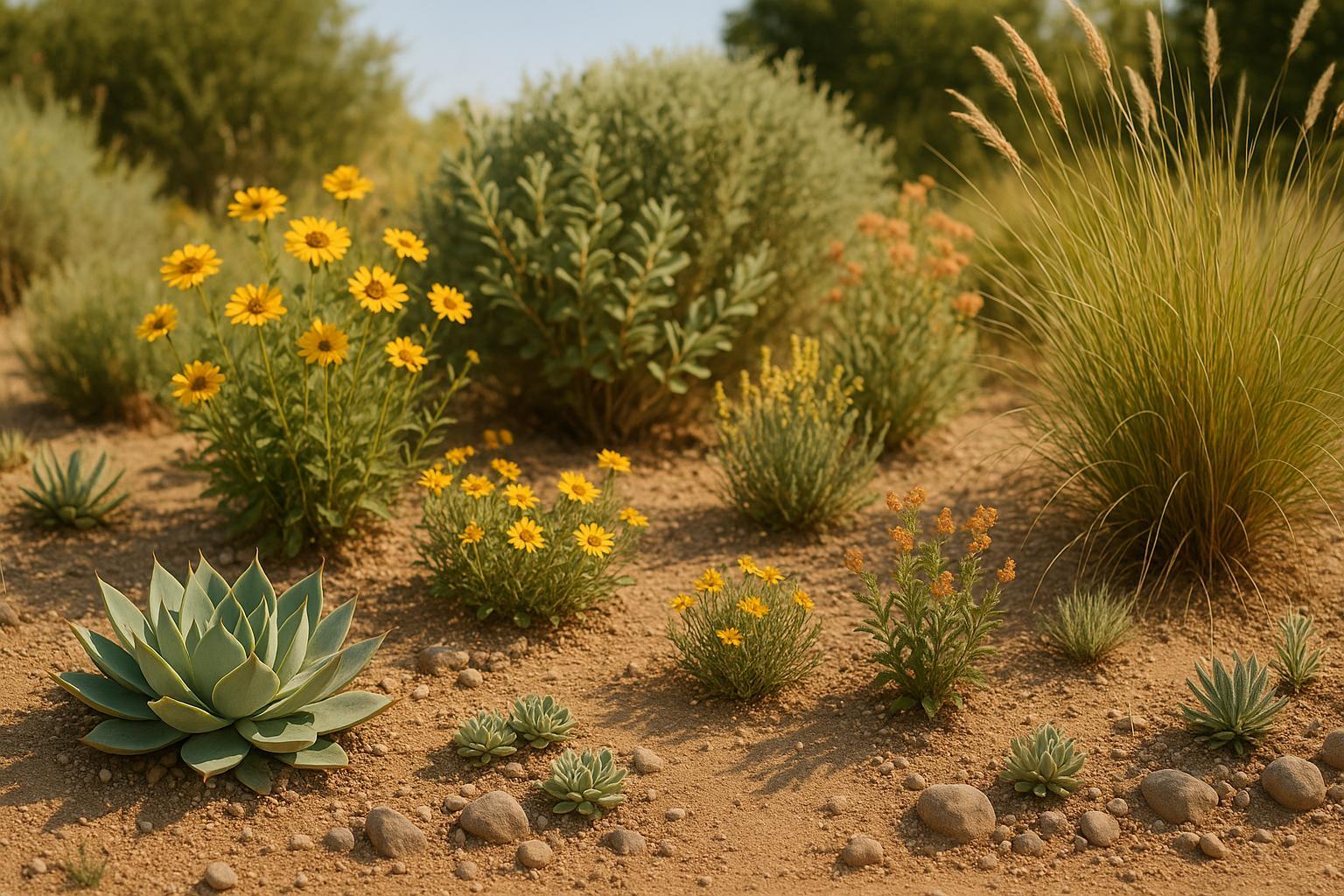
How AI Recommends Drought-Tolerant Native Plants
Explore how AI tools can help you select drought-tolerant native plants tailored to your garden's unique conditions and promote sustainable gardening.
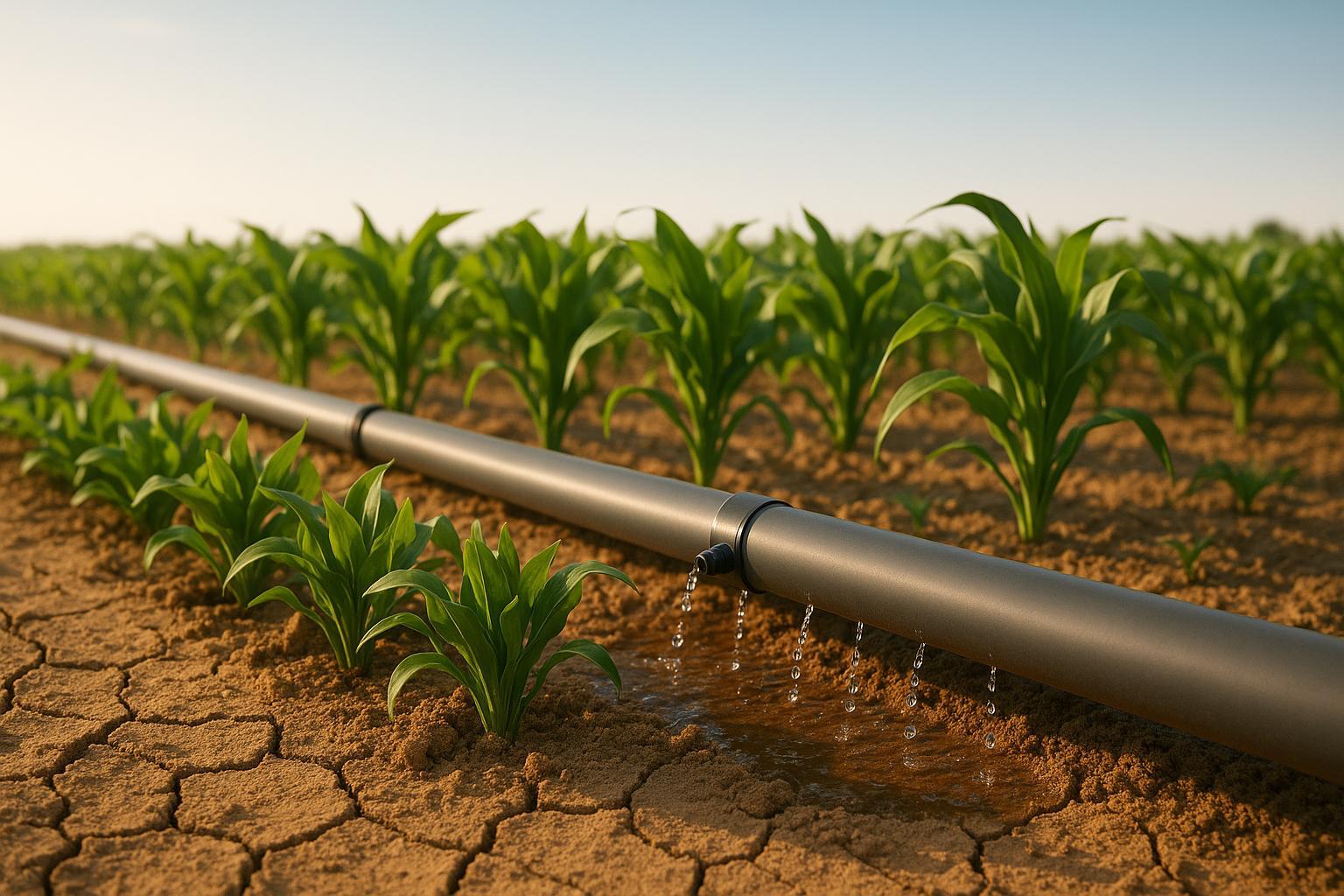
AI Tools for Drought-Resilient Irrigation
Explore how AI tools revolutionize irrigation, helping farmers conserve water and boost crop yields during droughts.

How to Plan and Build a Successful Raised Bed Vegetable Garden
Learn how to plan, design, and maintain a thriving raised bed vegetable garden with this comprehensive guide. Discover the benefits of raised beds, how to choose the right location and materials, what to plant, and how to care for your garden.